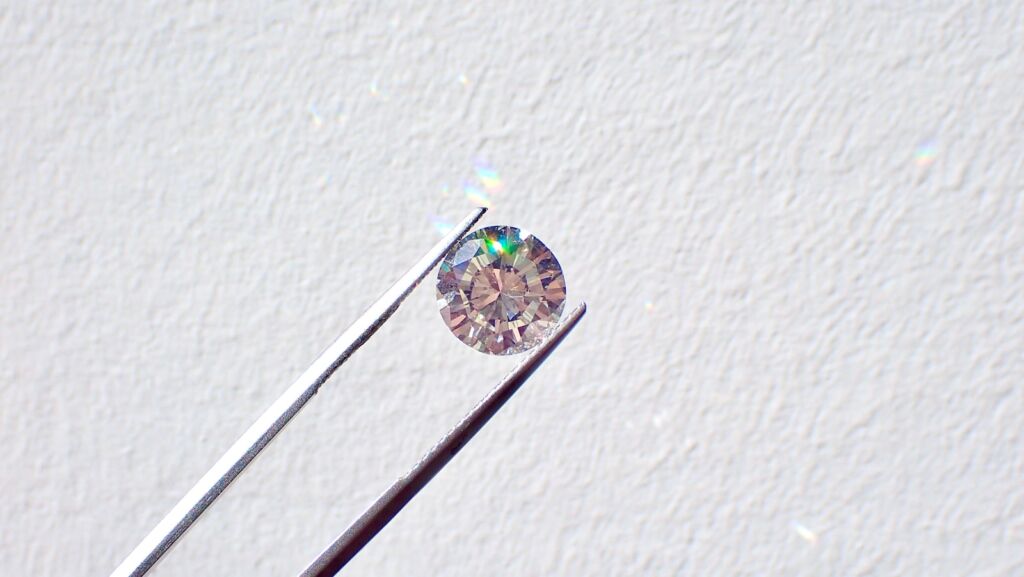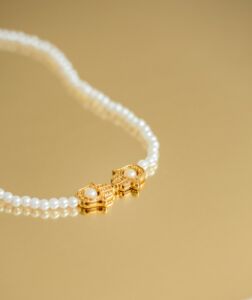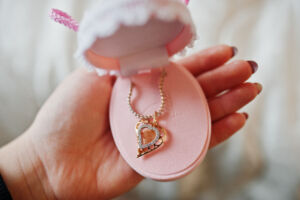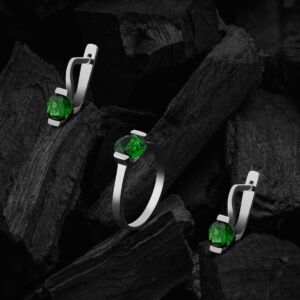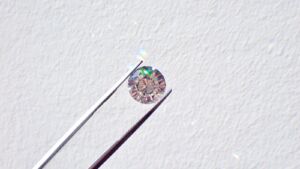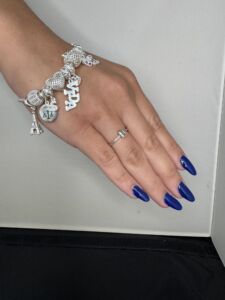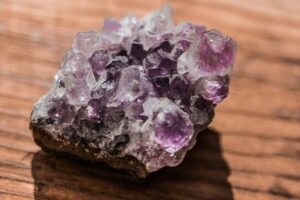According to Mercia Dias, founder of Merciaa Alta Joalheria, attention is essential to recognize truly valuable pieces amid a variety of options.
In the fascinating universe of luxury goods, there is a diversity of items ranging from imitations to high-value treasures. For aficionados who wish to acquire a unique and valuable piece, it is crucial to know how to identify whether a piece of jewelry is genuine, an imitation, or semi-jewelry. Distinguishing between these categories is fundamental to making an informed choice when acquiring high-value pieces.
A survey conducted by the McKinsey Global Institute pointed out that, despite the financial crises faced by Brazil in recent years, producers of jewelry and semi-jewelry have not recorded drops in their productions, showing an expectation of growth of up to 6% per year in the sector.
According to Mercia Dias, founder of Merciaa Alta Joalheria, a company that has been in the luxury market since 2008, the first step to identifying high-value jewelry is to understand the most commonly used precious metals. ‘Only the noblest materials are used, such as 18k gold, platinum, and exceptionally high-quality precious stones, including diamonds, emeralds, rubies, and sapphires,’ she reports.
Authentic jewelry usually has a quality stamp that indicates the type of metal used and its purity. ‘In the case of gold, for example, you can find marks like 24k, 18k, 14k, or 10k, indicating the amount of gold present in the alloy. Silver and platinum also have their own seals with quality indicators,’ points out the expert.
For Mercia, it is crucial to know how to evaluate the quality of precious stones. ‘Genuine diamonds are evaluated based on their cut, color, clarity, and carats. Familiarizing yourself with these criteria or consulting a certified expert to ensure the authenticity of the precious stones is a crucial move to avoid mistakes in a potential purchase,’ she declares.
High-value jewelry is predominantly carefully crafted, with refined finishes and attention to the smallest details. ‘It is necessary to inspect the piece carefully, looking for signs of superior craftsmanship, such as well-crafted clasps, invisible welds, and impeccable polishing. Do not hesitate to seek the guidance of a qualified jeweler to properly evaluate the piece and provide an accurate assessment of its value,’ she reinforces.
Value is yet another crucial point of evaluation. ‘Although not a definitive rule, very low prices may indicate that the jewelry is not genuine. We should be wary of offers that seem too good to be true, as high-quality jewelry is priced in accordance with its materials and manufacturing processes. Thus, it will be possible to identify a truly valuable piece of jewelry amid a variety of options in the market,’ she concludes.

